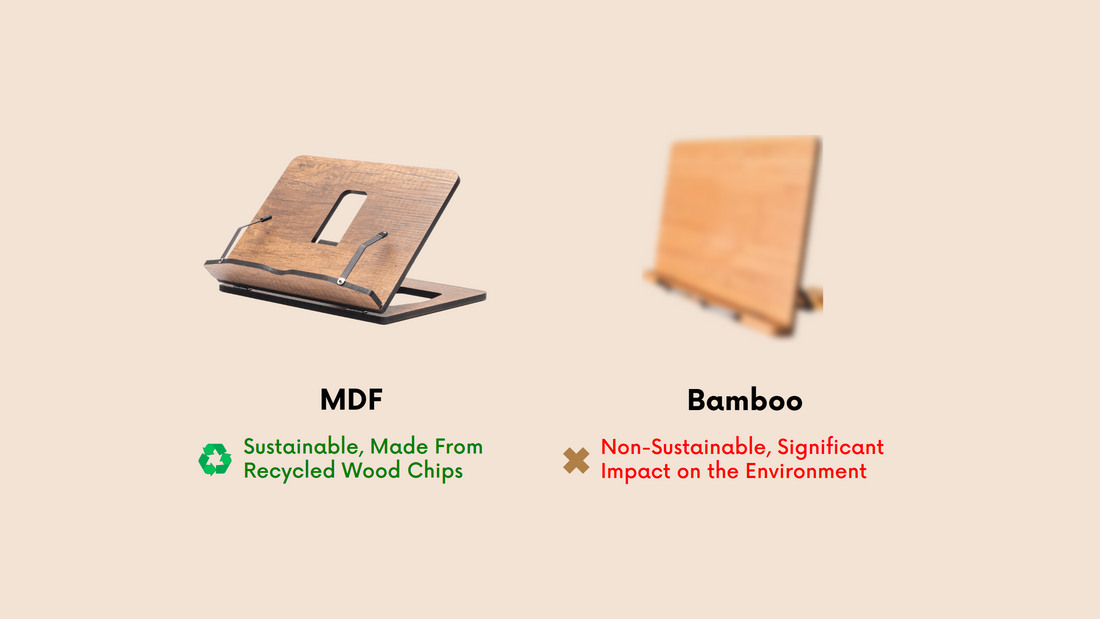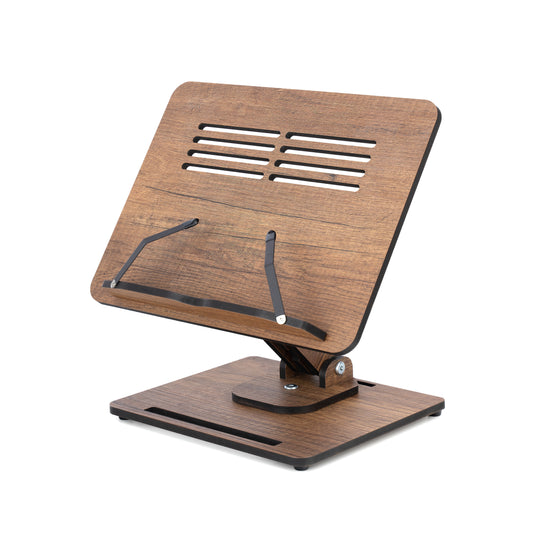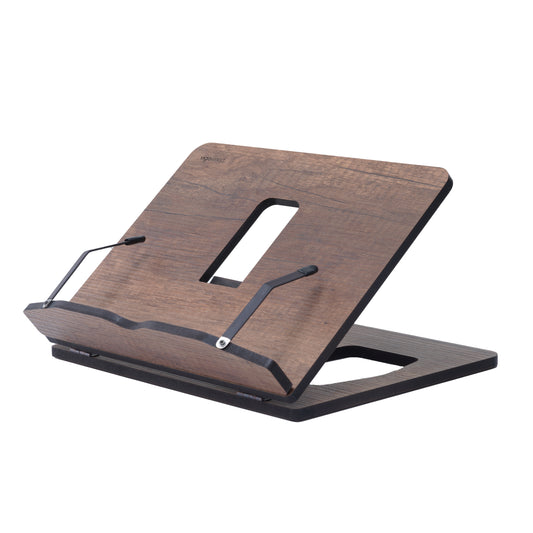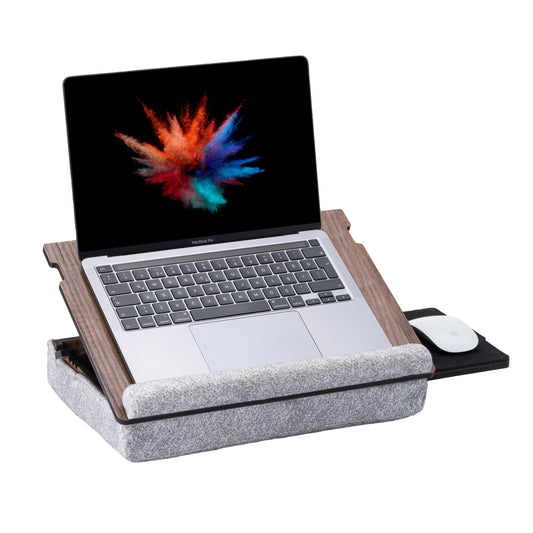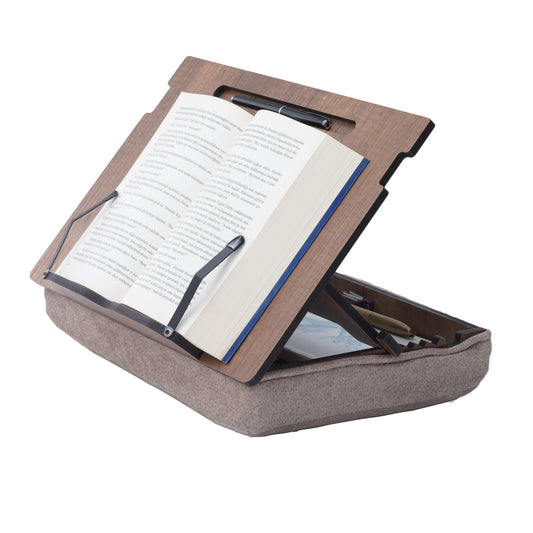When it comes to choosing sustainable materials for products, bamboo and MDF (medium-density fiberboard) are two popular options. While bamboo has gained popularity for being eco-friendly, MDF is often overlooked. In this blog post, we will compare these two materials and explain why MDF is a more sustainable option.
🎋Bamboo: The Pros and Cons Bamboo is often touted as a sustainable material because it grows quickly and requires fewer resources than other types of wood. However, the process of turning bamboo into a usable material often involves chemicals and energy-intensive processes. Additionally, bamboo is typically grown in monoculture plantations, which can lead to soil erosion and a loss of biodiversity.
🧱MDF: The Sustainable Alternative MDF, on the other hand, is made from recycled wood fibers and resin, making it a reusable and sustainable material. MDF is also incredibly versatile and can be used for a variety of products, including furniture, flooring, and cabinetry. It is a stable material that resists warping and cracking, and it can be painted or stained to mimic the look of natural wood. Additionally, MDF can be recycled at the end of its life, reducing waste and conserving resources.

🎋Bamboo's Impact on Ecosystems While bamboo may seem like an eco-friendly choice, the reality is that it can have a negative impact on ecosystems. Bamboo is typically grown in monoculture plantations, which can displace native plant species and reduce biodiversity. Additionally, bamboo plantations require significant amounts of water, which can put a strain on local water resources. Finally, bamboo is often transported long distances to reach manufacturing facilities, contributing to carbon emissions and pollution.
🧱MDF: A Better Choice for Sustainability MDF, on the other hand, is made from recycled wood fibers and resin, reducing waste and conserving resources. The manufacturing process for MDF is also less energy-intensive than that of bamboo, reducing its carbon footprint. Additionally, MDF can be sourced locally, reducing transportation emissions and supporting local economies. Finally, MDF can be recycled at the end of its life, further reducing waste and conserving resources.
Conclusion: While bamboo may seem like a sustainable choice, its impact on ecosystems and resource consumption can be significant. MDF, on the other hand, is a reusable, versatile, and sustainable material that offers many benefits for manufacturers and consumers alike. By choosing MDF, we can reduce waste, conserve resources, and support a more sustainable future.

